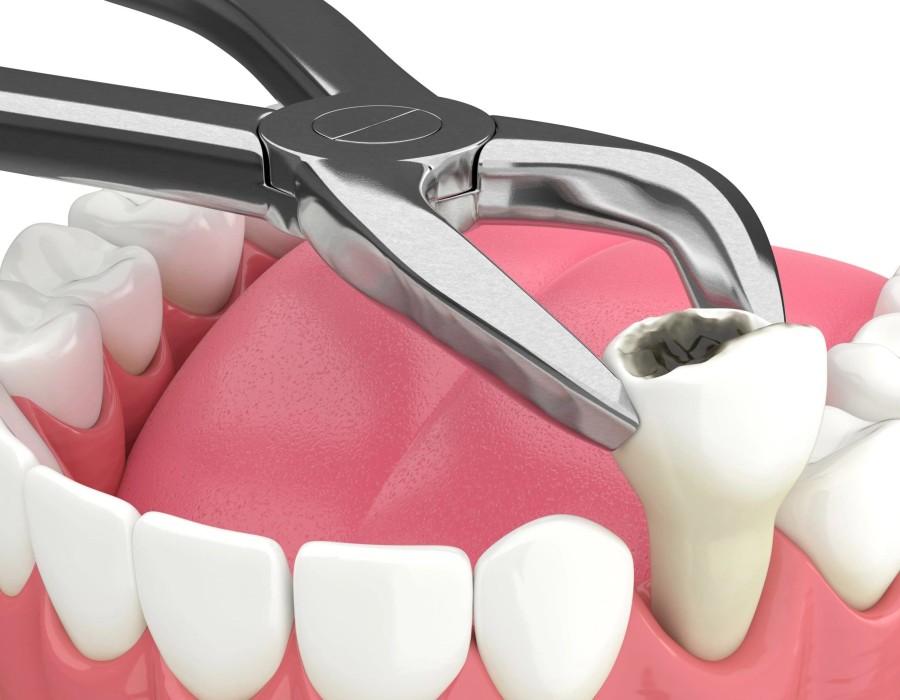Tooth extraction is a common dental procedure, but many people wonder what exactly happens to the nerves during the process. The question of whether the nerve is removed during tooth extraction is an important one, as it relates to the relief of pain and the overall process of tooth removal.
Understanding Tooth Structure and the Role of the Nerve
Before diving into the details of tooth extraction, it’s essential to understand the anatomy of a tooth. A tooth is made up of several layers:
- Enamel: The hard, outermost layer that protects the tooth.
- Dentin: A layer beneath the enamel that is slightly softer.
- Pulp: The innermost part of the tooth that contains blood vessels, connective tissue, and nerves.
The pulp is where the nerve resides, and it plays a vital role in tooth development and sensation. The nerve helps transmit signals to the brain, such as when you feel pain from decay, injury, or sensitivity to hot or cold. However, once a tooth becomes severely damaged or infected, the nerve may no longer be necessary, especially if the tooth is to be extracted.
Is the Nerve Removed During Tooth Extraction?
The simple answer is yes—when a tooth is extracted, the nerve is also removed. This is because the nerve is housed in the pulp of the tooth, which extends down through the roots. During a tooth extraction, the entire tooth, including the roots and the pulp, is taken out. Therefore, the nerve is removed along with the rest of the tooth.
The Tooth Extraction Process and Nerve Removal
Here’s what happens step by step during a typical tooth extraction:
- Numbing the Area: Before the extraction, your dentist or oral surgeon will administer a local anesthetic to numb the area around the tooth. This anesthesia blocks the nerves from sending pain signals to your brain, ensuring that you don’t feel discomfort during the procedure.
- Loosening the Tooth: Once the area is numb, the dentist will use special instruments to loosen the tooth from the socket. This process involves gently rocking the tooth back and forth to make it easier to remove.
- Removing the Tooth and Nerve: As the tooth is extracted, the roots and the pulp, which contain the nerve, are removed in one piece. With the tooth and nerve out, there’s no longer a source for the pain signals that were previously being transmitted from the damaged or infected nerve.
Does Removing the Nerve Affect Pain After the Procedure?
While the nerve is removed during extraction, some discomfort may still occur after the procedure. This pain comes from the healing of the surrounding tissues, such as the gums and the bone. It is not caused by the tooth nerve itself, which is no longer present. Any post-extraction pain is typically managed with over-the-counter pain relievers and should subside as the area heals.
Why Would a Tooth and Its Nerve Need to Be Removed?
Tooth extraction is often necessary when a tooth becomes severely decayed, infected, or damaged beyond repair. If an infection reaches the pulp, the nerve can become inflamed, causing significant pain. In some cases, a root canal may be performed to save the tooth and remove the nerve, but when the damage is too extensive, extraction is the only option.
Conclusion
In summary, when a tooth is extracted, the nerve inside the tooth is also removed. This is because the nerve is part of the tooth’s pulp, which is taken out along with the roots during the extraction process. Once the tooth extraction and nerve are removed, there is no further risk of pain originating from that tooth, though some temporary discomfort may occur from the healing tissues around the extraction site.





Comments